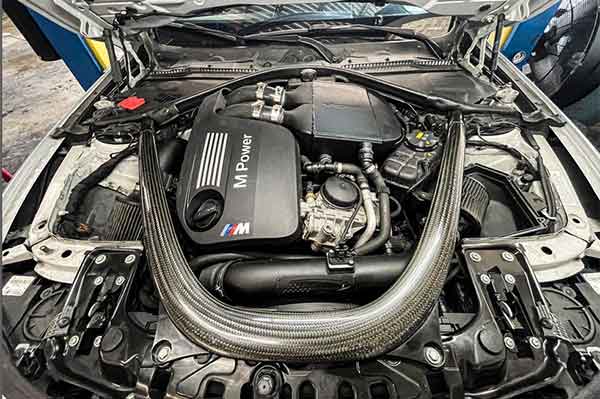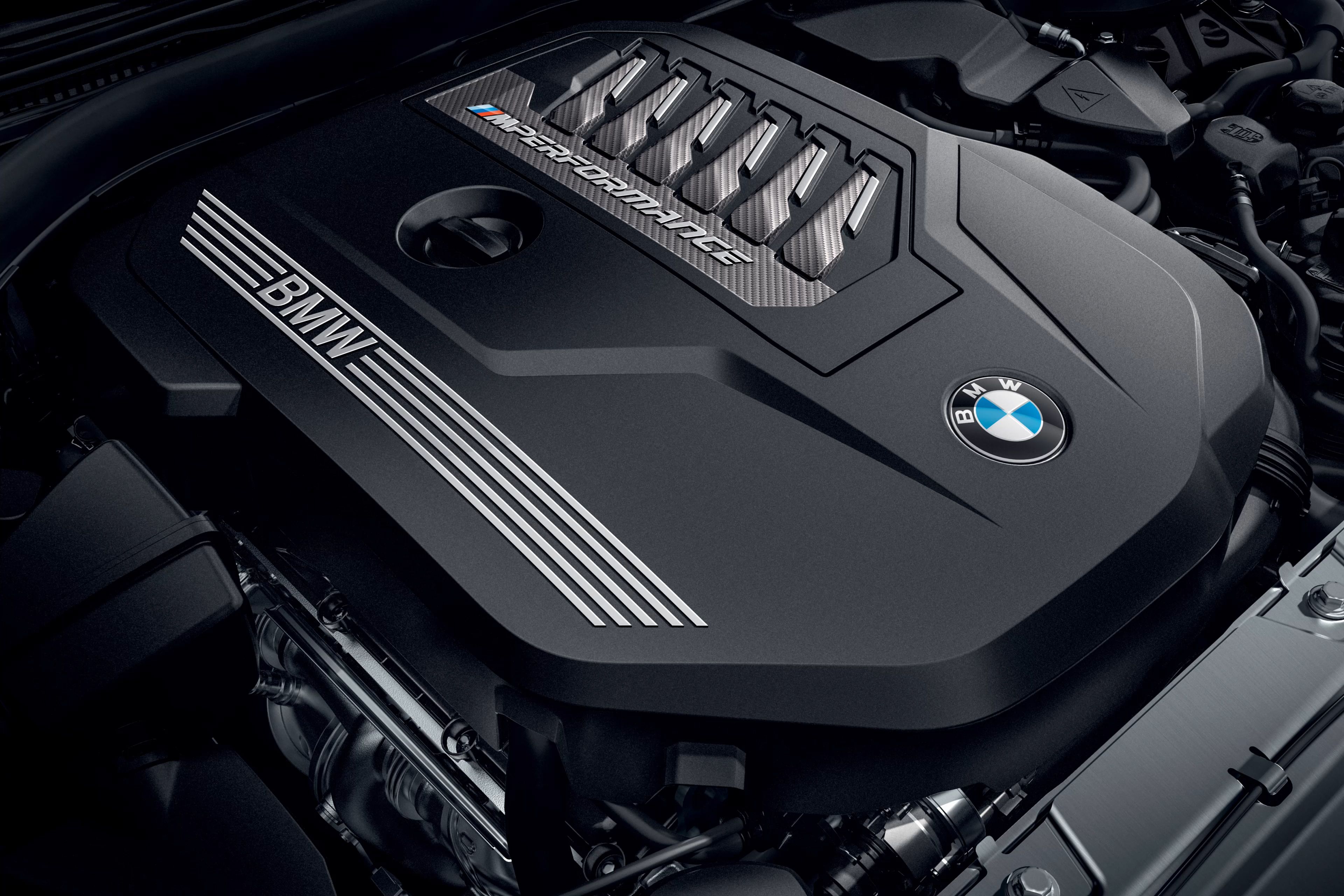Exploring the Efficiency Enhancements of the Latest BMW Engine Models
Exploring the Efficiency Enhancements of the Latest BMW Engine Models
Blog Article
Discovering the Advancement of Burning Engines in Modern Transportation Equipments
As we navigate the landscape of modern-day transportation, the evolution of burning engines stands as a testament to human resourcefulness and design prowess. The interaction of history, modern technology, and ecological problems in forming the trajectory of combustion engines produces a story that is both compelling and informative.
Early Beginnings of Combustion Engines
How did the idea of burning engines initial arise in the early phases of transport growth? When the principles of inner burning were very first explored, the roots of combustion engines can be mapped back to the 17th century. In 1673, Christian Huygens conceived a standard interior combustion engine that utilized gunpowder to create power. It had not been till the late 19th century that practical applications of combustion engines in transport began to emerge.
The innovation minute featured the invention of the initial successful gasoline-powered engine by Karl Benz in 1885 - bmw engine. This engine led the way for the growth of the contemporary vehicle, revolutionizing transportation systems worldwide. Succeeding technologies by Nikolaus Otto and Gottlieb Daimler additionally improved combustion engine innovation, leading to the mass manufacturing of automobiles and the rapid expansion of the transportation industry
These early combustion engines were identified by their simplicity and effectiveness, laying the foundation for the complex and powerful engines used in contemporary transport systems. The evolution of combustion engines has actually been critical in shaping the method we travel and transfer items, marking a substantial milestone in the history of transportation advancement.
Shift to Internal Combustion Innovation
The transition to inner burning modern technology marked an essential change in the development of transport systems. This change started in the late 19th century, with developers like Nikolaus Otto and Gottlieb Daimler developing the first successful internal combustion engines. These engines changed transport by providing an extra effective and effective alternative to vapor engines and electrical motors.
Among the vital advantages of inner burning engines was their capacity to be scaled down to match vehicles, causing the development of motorcycles and automobiles. This change from bulky, fixed engines to small, mobile ones led the way for the modern transport systems we see today.
The change to inner combustion modern technology also spurred improvements in gas innovation, bring about the advancement of gasoline and diesel as key gas sources for vehicles. This change not just made transportation a lot more obtainable to the masses however additionally laid the foundation for the oil and gas sector to come to be integral to worldwide economic situations.
Effect of Combustion Engines on Transportation
The fostering of combustion engines in transportation systems catalyzed an extensive change in the performance and rate of international mobility. Combustion engines revolutionized transportation by offering a trustworthy and versatile resource of power for various lorries, including autos, vehicles, planes, and ships. This innovation dramatically improved the capacity for items and individuals to relocate over fars away in much shorter timespan, leading to boosted connection in between areas and nations.
Furthermore, the extensive usage of combustion engines has had a significant influence on financial advancement. The ability to transport goods successfully has actually stimulated profession and business, enabling companies to expand their markets and reach customers worldwide. This has promoted economic growth and globalization, as products can now be transported quicker and in larger amounts than ever.
Nonetheless, the ecological influence of burning engines can not be overlooked. The burning of fossil fuels has resulted in air contamination and greenhouse gas exhausts, contributing to environment change and posing health dangers to populaces. bmw engine. As a result, there is a growing emphasis on establishing alternate propulsion Related Site modern technologies to minimize these negative impacts and create a much more sustainable future for transport
Developments in Burning Engine Design
Many developments in combustion engine design have pushed the development of transport systems over the decades. One notable advancement is the development of turbocharged engines, which utilize exhaust gases to drive a turbine that presses incoming air, enabling for more fuel to be burned, resulting in boosted power output without a considerable increase in engine size. In addition, straight shot technology has boosted fuel efficiency and performance by precisely managing the quantity and timing of gas infused into the burning chamber. Variable valve timing systems have actually additionally changed engine design by optimizing airflow at various engine speeds, improving both power and efficiency. One more significant development is the integration of lightweight materials such as carbon fiber and light weight aluminum alloys, lowering general engine weight and boosting automobile fuel economic climate. Innovations in computer-aided design have actually allowed try this out engineers to enhance engine performance and efficiency through simulations prior to physical models are constructed, saving time and resources in the advancement procedure. These advancements jointly add to the continual renovation of burning engines in modern transport systems.
Future Fads in Burning Engine Advancement
With innovation improvements driving constant development, the future of combustion engine development is poised to reinvent transportation systems globally. One of the vital trends in burning engine advancement is the push in the direction of higher performance and lowered emissions. Suppliers are investing heavily in r & d to boost engine performance while meeting strict environmental policies. This includes the combination of innovative fuel injection systems, boosted turbocharging methods, and using lightweight materials to optimize fuel consumption and reduce carbon discharges.
Another noticeable trend is the fostering of hybrid technologies in burning engines. Crossbreed engines integrate traditional burning technology with electric power, offering improved gas effectiveness and lower emissions. As the automobile market shifts towards electrification, crossbreed burning engines are seen as a transitional service that links the gap in between conventional automobiles and completely electric ones.
Furthermore, the integration of smart innovations, such as expert system and information analytics, is expected to play a considerable function in the future of combustion engine growth. These innovations can enhance engine performance in real-time, bring about much more effective combustion procedures and enhanced total lorry efficiency. Accepting these future fads will not only drive innovation in burning engine advancement however also add to a more lasting and eco-friendly transportation ecological community.

Final Thought
In verdict, the advancement of burning engines in modern transport systems has actually been marked by significant innovations in technology and design. From the very early starts of burning engines to the shift to internal burning modern technology, these engines have had an extensive influence on transportation.
The roots of combustion engines can be traced back to the 17th century when the concepts of inner combustion were first checked out. These engines transformed transportation by offering a much more effective and effective alternative to heavy steam engines and electric motors.

Report this page